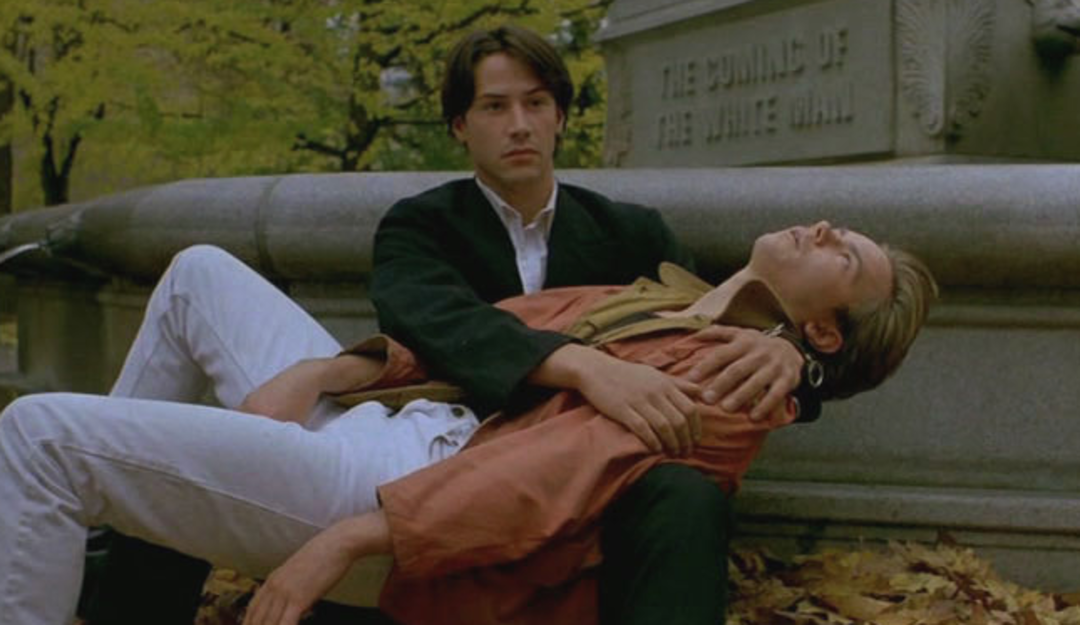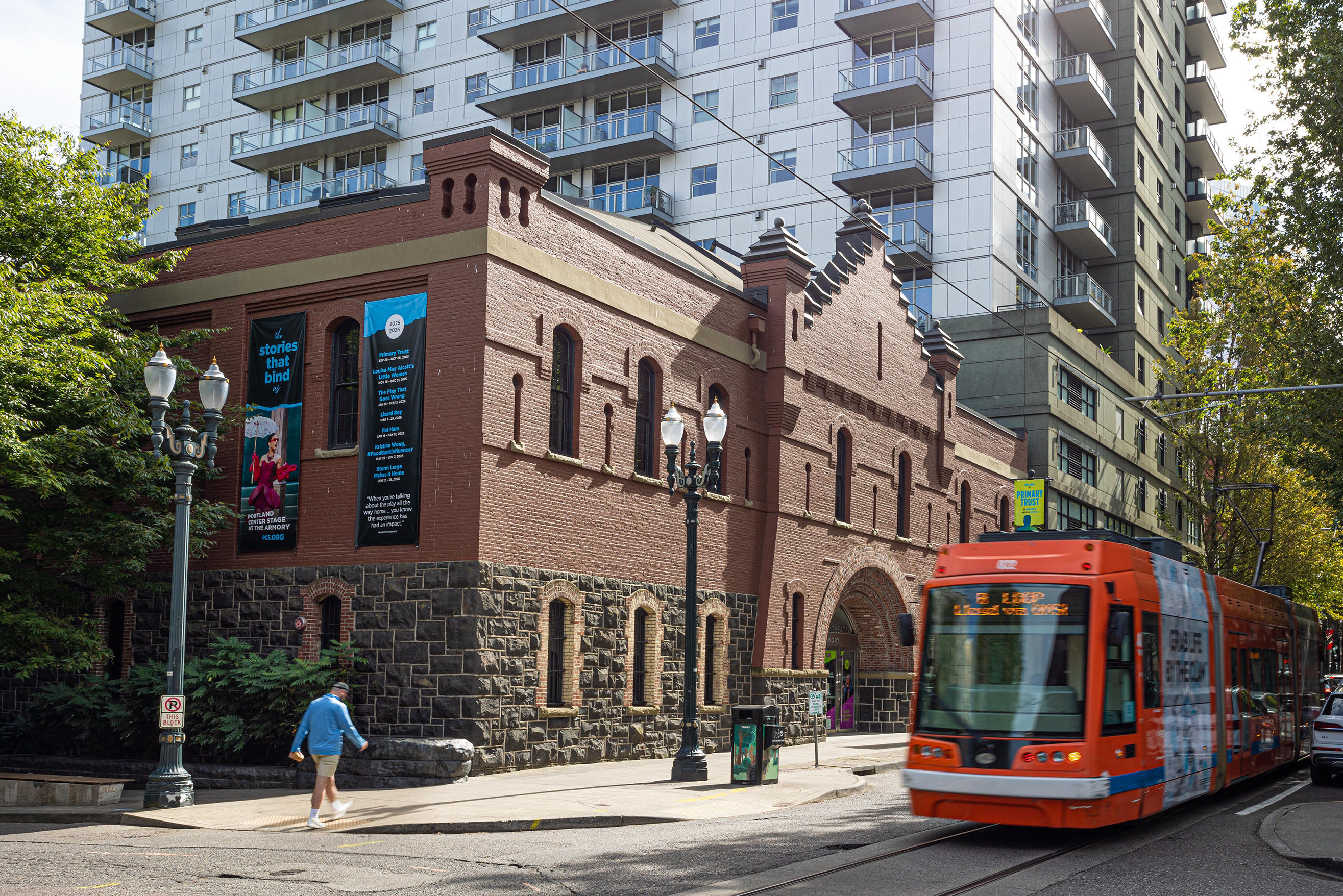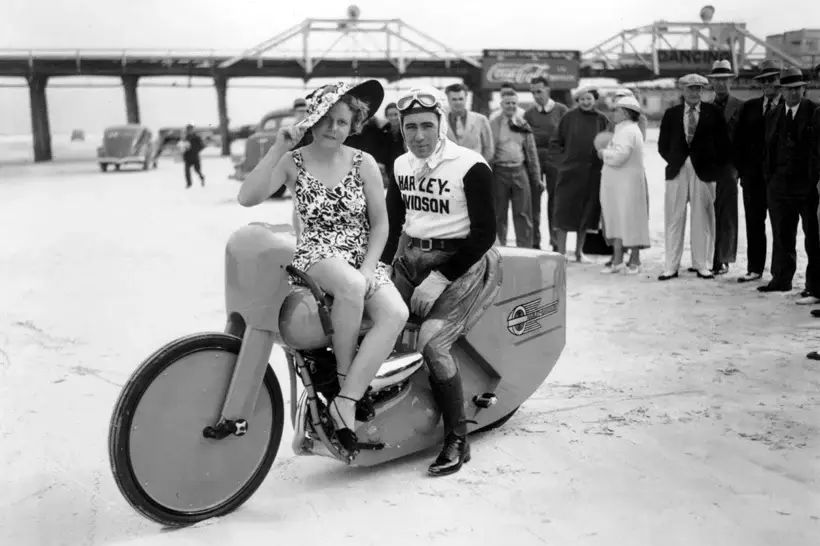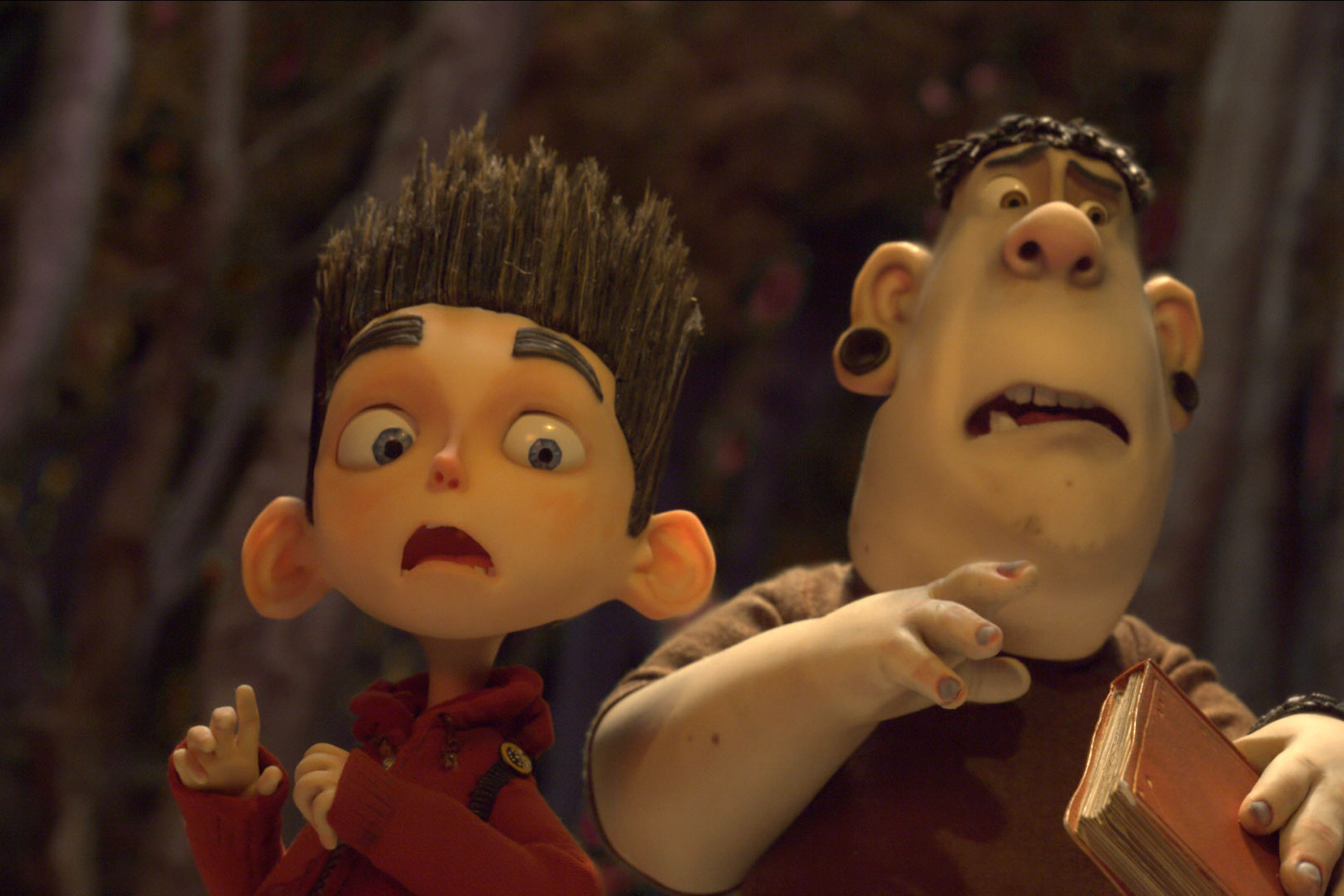Get Ready For Your Gus Van Sant Big Screen Movie Marathon

Scene from the movie My Own Private Idaho with Keanu Reeves and River Phoenix
These days Portland is more likely to be labelled “young, caffeinated, and creative” than “magnificently strung out,” but back in the late ‘80s and early ‘90s Gus Van Sant put us on the map with now-classic films—like 1989’s Drugstore Cowboy—about addiction, the characteristic searching of early adulthood, and (homo)sexual entanglement.
This month, the NW Film Center offers a Van Sant retrospective, showing seven of his films over the course of a month and a half with 13 companion films that influenced the Van Sant oeuvre. From Warhol to Kubrick and Herzog, it’s an intriguing and at times surprising crew. If you need to bone up, here are some Cliff’s Notes—and don’t worry, there’s still time to cram.
The Essential Gus Van Sant (and His Influences)
April 23–June 5, Whitsell Auditorium
THE PORTLAND TRILOGY
Showing April 23–May 7
Mala Noche (1986), Drugstore Cowboy (1989), and My Own Private Idaho (1991) showcase our city’s seedy side, albeit a highly stylized version, cloaked in grey rain and populated with generally beautiful-but-troubled young men. All three films were shot in Portland and bring us characters navigating poverty and sexual relationships and, in the latter two films, struggling to keep the pillars of one’s protective nod from crumbling.
THE PORTLAND TRILOGY COMPANIONS
MY HUSTLER
Showing April 23
Filmed 20 years before Mala Noche, Andy Warhol’s My Hustler captures a very 1960’s attitude to America’s sordid underbelly: open fascination, and faith in the power of its transgressions. Warhol knew more than a little about that world first-hand, and used it to craft an understated film in which an older man bets on his ability to bed the young beachgoer he admires from his balcony; he later self-servingly encourages the younger man to enter the sex trade.
BURROUGHS: THE MOVIE
Showing May 9
Although certainly not a beautiful or young man, William S. Burroughs checks every Van Sant box: gay, heroin-addicted, glamorous, literary, and lucid yet shin-deep in life’s muck. Howard Brookner’s documentary Burroughs: The Movie (1983) is arguably the best filmic portrait of the Godfather of Punk we have.
THE DEATH TRILOGY
Showing May 14–28
Following a return to art house from Hollywood success with Good Will Hunting (1997) and Finding Forrester (2000), Van Sant created a trilogy that, like his early films, examines young men on the margins. Gerry (2002), Elephant (2003), and Last Days (2005), touch on the familiar themes of the American coming-of-age on the road—which of course includes drugs, sex, and aimless questing—but push on towards a more mature, and more violent, end of the road. Harris Savides’ patient, minimalist cinematography creates a stylistic unity among these films, which track the demises of two friends on walkabout in the desert; school shooters; and a fictionalized Kurt Cobain.
THE DEATH TRILOGY COMPANION
ELEPHANT
Showing May 21
What Van Sant’s Elephant is to the Columbine shooting, director Alan Clark’s Elephant (1989) is to a series of anonymous murders committed during Northern Ireland’s Troubles—in fact Van San’s Elephant is explicitly an homage to Clark’s. Sharing an affinity for steadicam with The Death Trilogy as a whole and its Elephant in particular, Clark’s film allows fear and desensitization to violence to build simultaneously.
MILK
Showing June 5
It’s back again to those formative, hippie years, but now through the lens of maturity—in this case, the eyes of 40-something Harvey Milk, a budding San Francisco politician who, in 1976, became the first openly gay elected official in California’s history. Like the films of the Death Trilogy, this one ends in our main character’s annihilation but, unlike those films, Milk emphasizes that death can make a difference, both to society at large and to a narrative arc.
THE MILK COMPANION
THE TIMES OF HARVEY MILK
Showing June 4
Rob Epstein’s documentary, The Times of Harvey Milk (1984), clearly inspired Milk, down to the extensive use of archival footage. Roger Ebert called that technique’s effect in Milk “emotionally devastating,” and it’s hard to disagree. That assassination of Harvey Milk really happened and was the end of a real man’s life undoubtedly only becomes more emotionally potent as the gay rights movement continues to unfold.
NW Film Center's "Essential Gus Van Sant (& His Influences)" retrospective runs from April 23 thru June 5.




